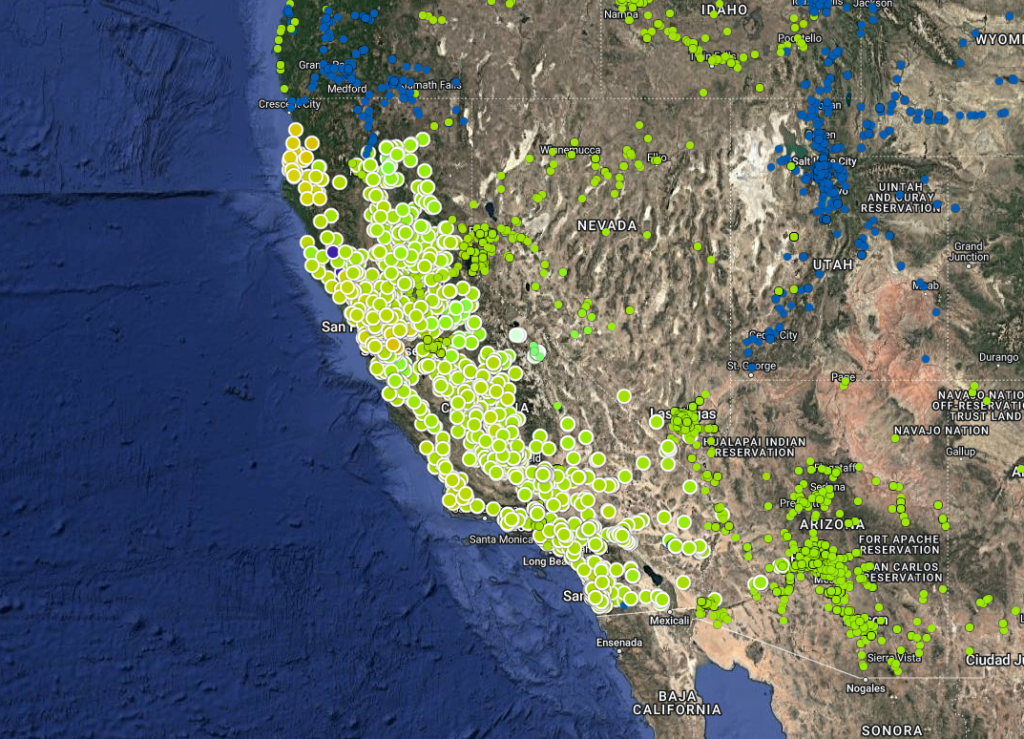Renewable Energy Curtailment Reduction for California

Duration
Place of Work
Project Type
Project Overlook
The paper formulates an Optimal Energy Management Problem aimed at minimizing renewable energy (RE) curtailment in California’s power grid, which experiences frequent curtailment due to oversupply and transmission constraints—particularly from solar and wind sources.
The methodology is implemented using MATLAB and is based on real-world California Independent System Operator (CAISO) data from January 1, 2020. The 24-hour day is segmented into 288 five-minute intervals to provide high temporal resolution for modeling and simulation.
Step 1: Hydropower Output Control
-
California has a significant amount of hydropower capacity (~14,038 MW).
-
The first step reduces the output from hydropower plants during periods when curtailed RE is available.
-
If curtailed RE exceeds a threshold (60 MWh), the output of hydropower is cut by 50%.
-
This substitution reduces dependence on hydro and avoids wasting available renewable energy.
-
This step alone achieves a 17.8% reduction in curtailment, leaving 5,607.2 MWh of curtailed energy.
Step 2: Exporting Excess Power to Other Grids
-
Remaining curtailed energy is exported to nearby external grids.
-
Due to limited data on export capabilities, an artificial export limit of 100–200 MW is used.
-
This export is modeled by converting MW to energy over 5-minute intervals (i.e., 8.33–16.66 MWh).
-
After exporting, the curtailed energy reduces to 4,485.8 MWh.
Step 3: Battery Energy Storage System (BESS) Integration
-
The remaining energy is stored using battery storage modeled after Tesla’s Hornsdale Power Reserve in South Australia.
-
Each battery system has:
-
Rated power: 100 MW
-
Max charge rate: 40 MW (3.33 MWh per 5 minutes)
-
Energy capacity: 185 MWh
-
-
The project assumes 10 such battery systems for large-scale storage (total 1,850 MWh capacity).
-
Charging logic:
-
Fast charging if battery SOC (State of Charge) is < 50%
-
Slow stepwise charging if SOC > 50%
-
-
After battery storage is used, the final curtailed energy is reduced to 3,396 MWh.
Visualization & Flow
-
A flowchart (Fig. 14) summarizes the curtailment reduction process:
→ Input curtailment data
→ Reduce hydro output
→ Export to other grids
→ Store remaining energy in batteries
Tools and Assumptions:
-
MATLAB is used for simulation and algorithm implementation.
-
CAISO real data from January 1, 2020 is the basis for modeling.
-
Battery behavior modeled based on Hornsdale Power Reserve specs.
-
Assumptions are made for grid export limits due to unavailable granular data.
This multi-tiered strategy demonstrates how intelligent dispatching, grid coordination, and storage can work together to effectively reduce renewable energy curtailment without requiring fundamental infrastructure changes.
DISCLAIMER
All projects showcased on this website are academic projects completed as part of coursework, research, or personal learning. These are not commercial projects affiliated with any company or organization.
Softwares Used
Python
MATLAB